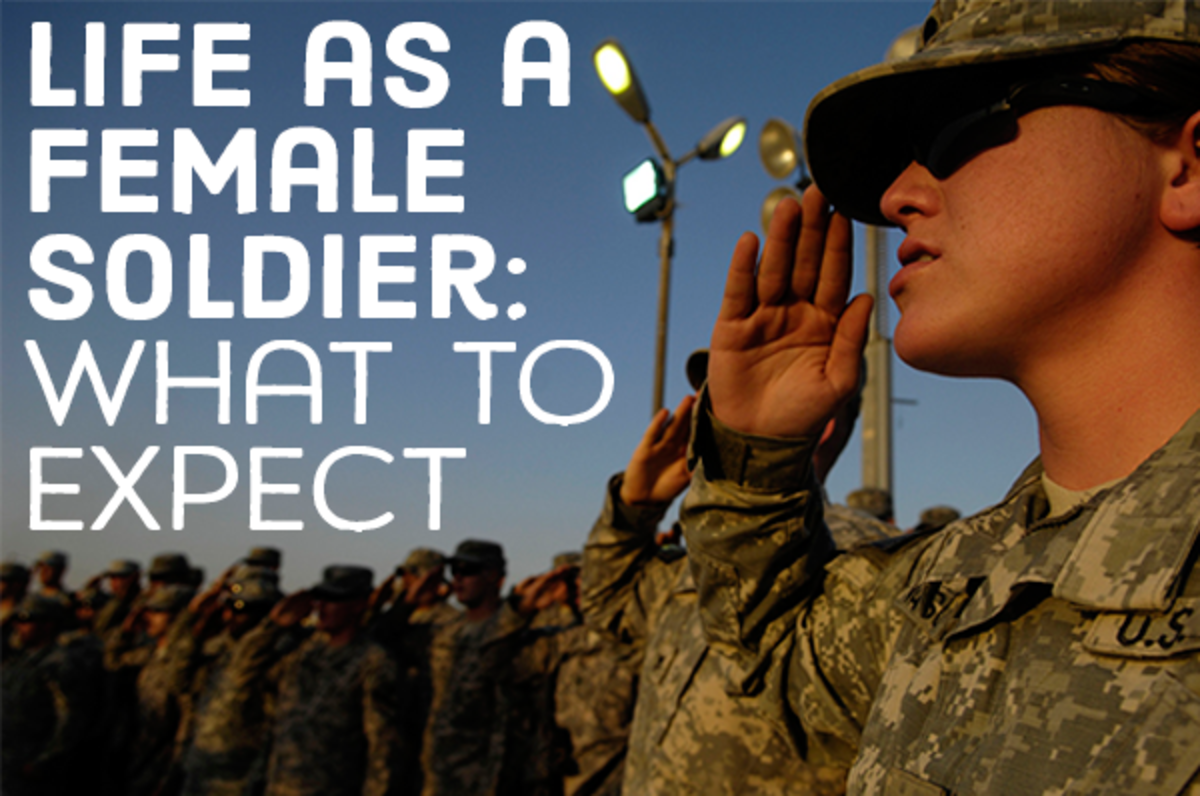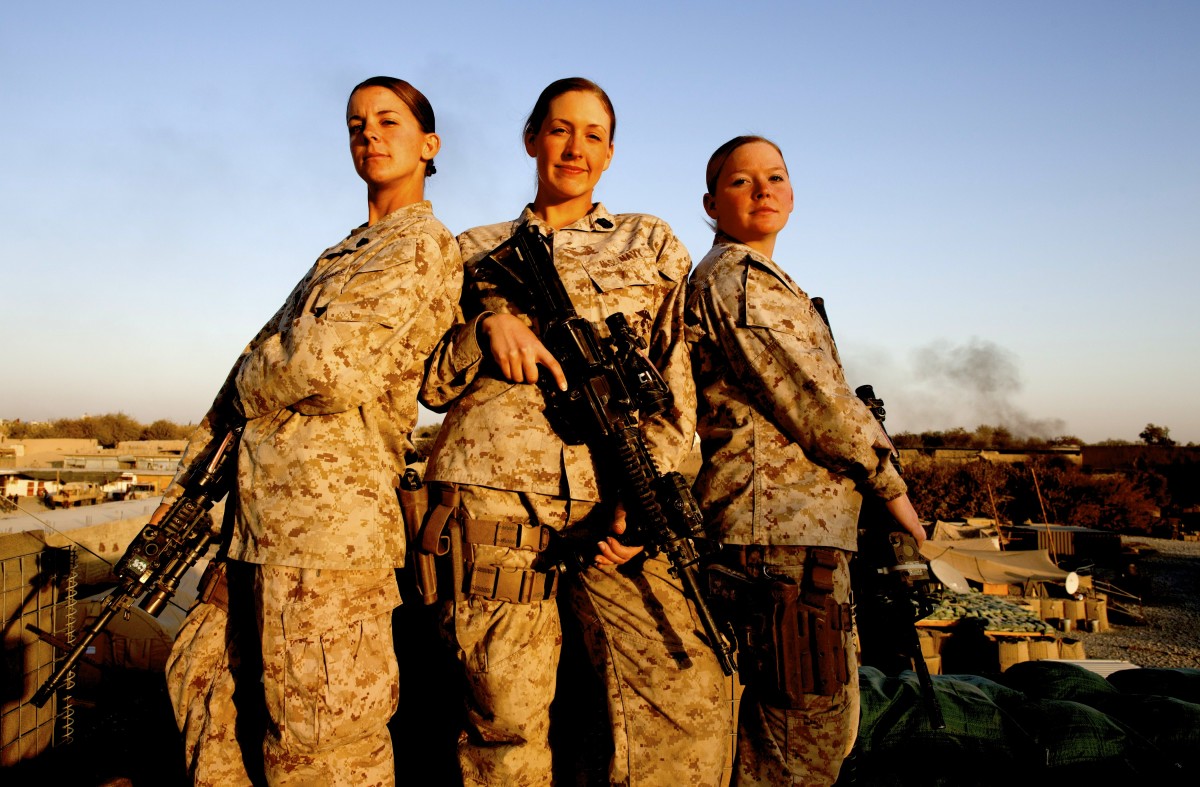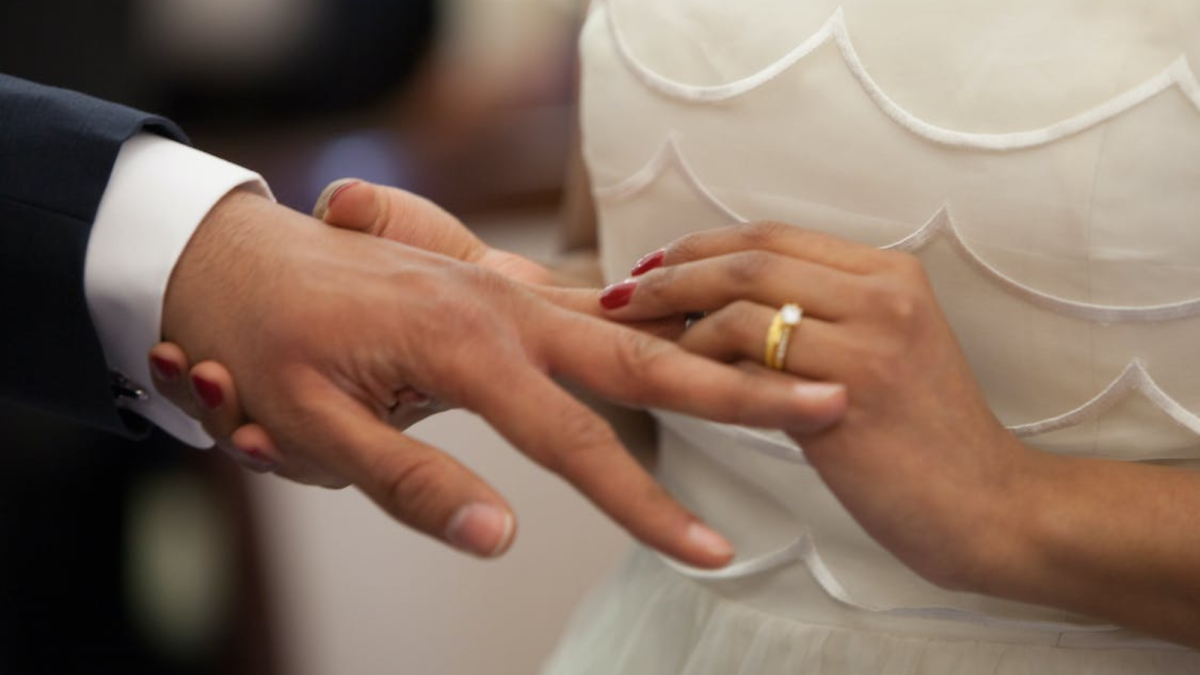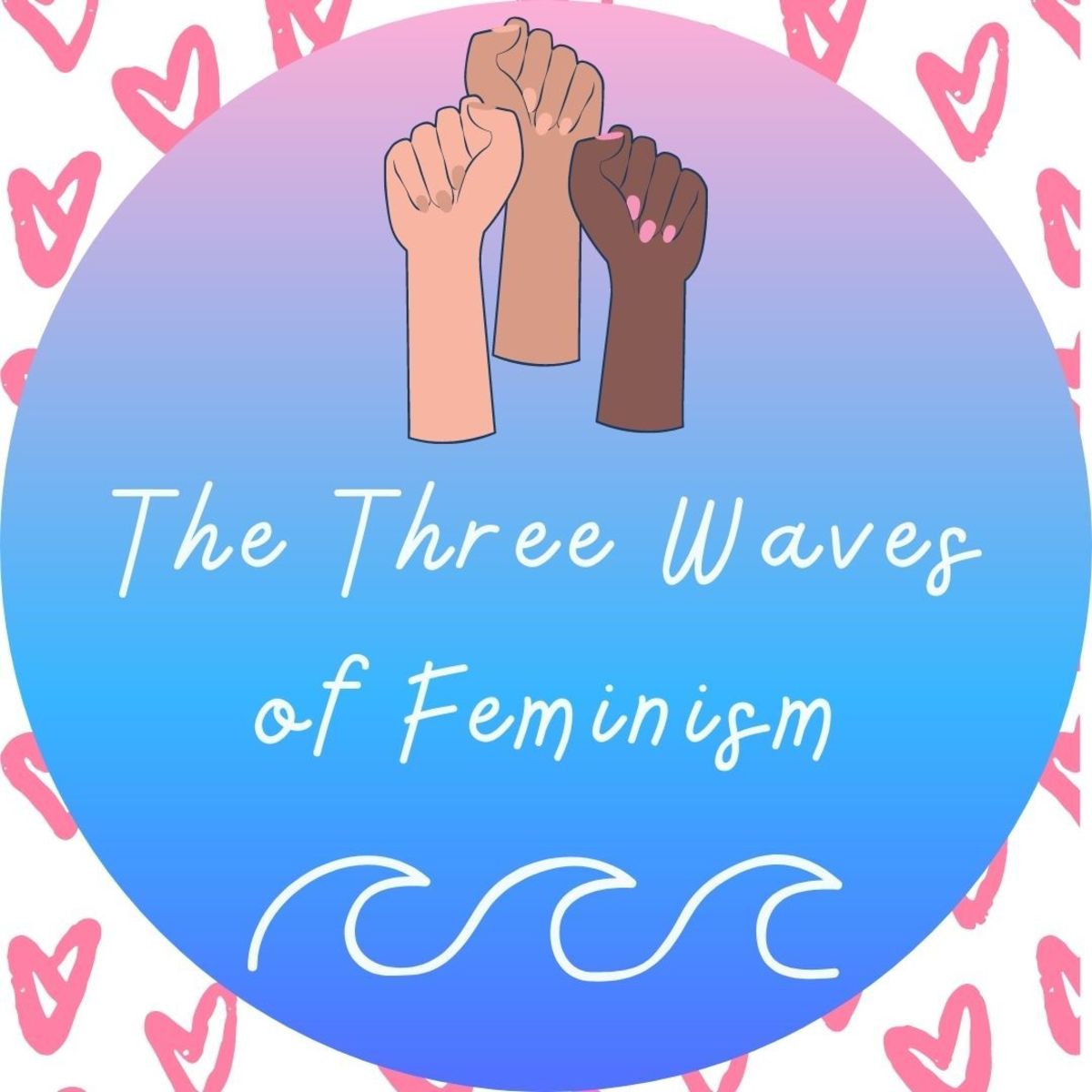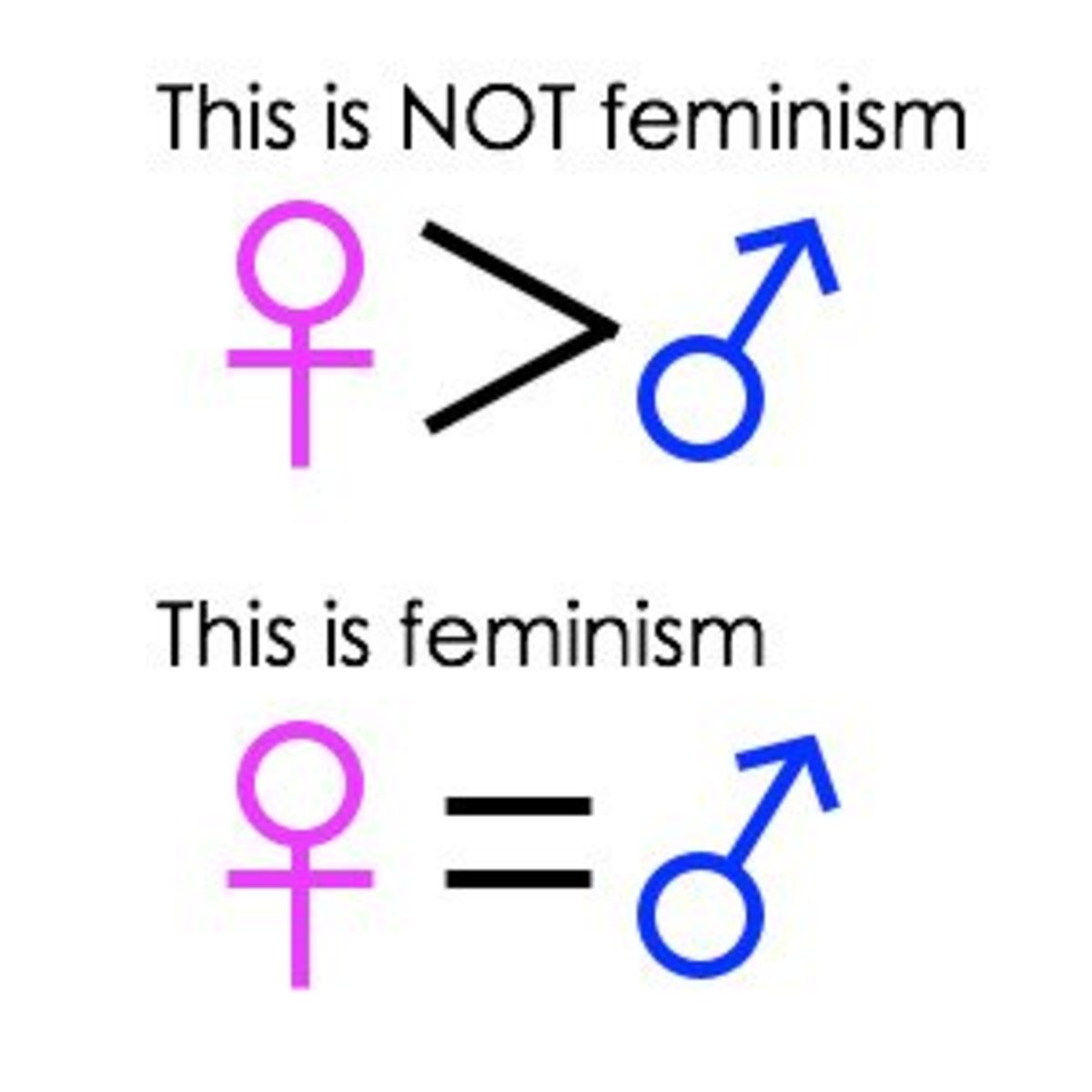Controversy Over Women in Combat
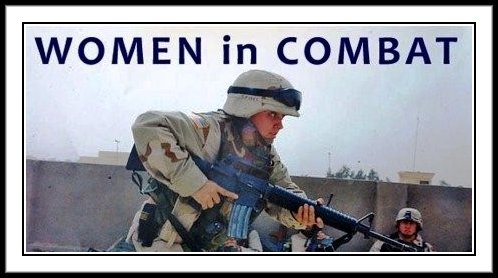

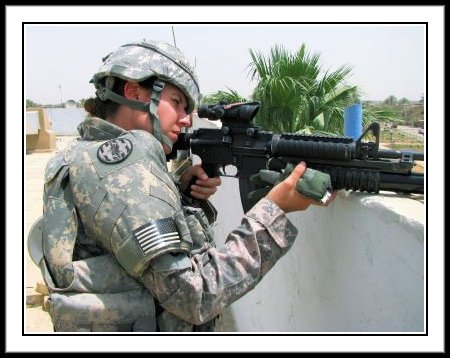
A physically Demanding Job
It’s a fact military service is a physically demanding job not all are suited to. This applies to men as well as women. There are members of both genders who can’t pass the rigorous standards required for combat which is the primary function of any military branch.
It’s argued by many, women in general aren’t physically capable. Whether true or not, there are two main points feminists advance for women to be allowed in combat. First, it’s important to their self esteem. The other is combat roles play an important role in military advancement. There is merit in both of these reasoning’s.
On the other hand there are disagreements about putting women in combat…some which far outweigh the aforementioned ones. Some contend physical training standards are lowered for women, called “gender norming.” Women are measured against other women, rather than against men. Although, there are women who outperform men in physical training the percentage seems to be inconsequential.

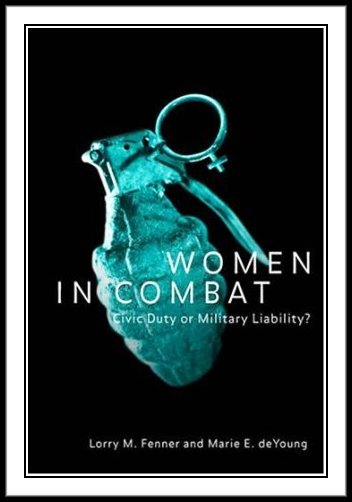
Examples Given
Sworn courtroom testimony of a West Point official said women cannot perform as well as men and therefore the men’s training program had been downgraded. The example given was men were no longer required to run carrying heavy weapons because women are unable to do that.
Other such examples from West Point were female cadets’ injury rate in field training was fourteen times that of men. And 61 percent of women failed the physical test, compared to 4.8 percent of men.
All members of the armed services must pass fitness tests, scaled to age and gender. In Air Force Academy physical fitness tests, it was reported many women couldn’t do even one pull- up, so credit was given for amount of time they could hang on the bar. Reports also indicated female cadets averaged nearly four times as many medical clinic visits as their male counterparts.

Other Factors
So, if claims reported by these military establishments are true, is it logical to send women into a combat zone? Are there other factors to consider? Research has shown there is much to contemplate.
Opponents of the issue contend presence of women alongside male troops can be particularly distracting because of sexual attraction and therefore detrimental to a unit’s combat readiness. Men can become intimately involved with women. Competition or jealousy over a female can cause major conflicts. And accusations of sexual harassment can’t be ruled out. An accusation of sexual harassment even if unproven, could ruin a person’s military career.
And then there is the pregnancy situation. Naval ships have been recalled from missions because of pregnant female sailors. In one instance a male and female sailor aboard the USS Dwight D. Eisenhower, both married to others, made a sexually explicit video on a remote part of the ship. Fourteen pregnancies occurred after the ship deployed.
There are other problems which must be addressed as well. Take the case of Lt. Commander Kenneth Carkhuff. This officer had been recommended for early promotion due to his “unlimited potential … destined for command and beyond.” His religious views made him reluctant about putting women in combat. Although those views also required him to lead women into combat if ordered, he was discharged. So apparently, even the thought it might not be suitable could end someone’s career.
In light of such incidents it’s no surprise career officers are hesitant to comment on women in combat positions…especially if they mention anything about women not performing as well as men. Indeed, political intimidation by feminists can be a powerful force and the issue continues to be pursued.
Our military is extremely aware of arguments for and against the debate. However it has become politically incorrect to respond as the Israelis, Soviets and Germans did. They simply took women out of the equation by barring them from combat.
The American’s attempted solution was significantly different. The Air Force, for example, established a mock prisoner of war camp designed to desensitize male recruits. The intent was to teach males not to react when women prisoners screamed under conditions of rape, sodomy or torture. However, this seemed to be in direct conflict with existing programs training men to be more sensitive to women in regards to sexual harassment.
The current combat exclusion policy states women can’t serve in positions "engaging an enemy with individual or crew-served weapons while being exposed to direct fire, a high probability or direct physical contact with the enemy's personnel, and a substantial risk of capture." Many consider this policy discriminatory towards women because it infers they are not equal.
Any discussion concerning history of women in combat would not be complete without mentioning Joan of Arc. In 1429, at age 17, she successfully led French troops into battle against the English. Other examples can be found during the Revolutionary and Civil Wars when hundreds of women disguised themselves as men to fight.
Over 40,000 American women served in the war against Iraq and the Marine Corps awarded twenty-three women the Combat Action Ribbon for service in the Persian Gulf War. Desert Storm was also a major turning point for women.
So once all the hollering and screaming is done the situation boils down to this. Should the question of women being allowed to participate in combat roles be an equal rights issue or one of military effectiveness?




